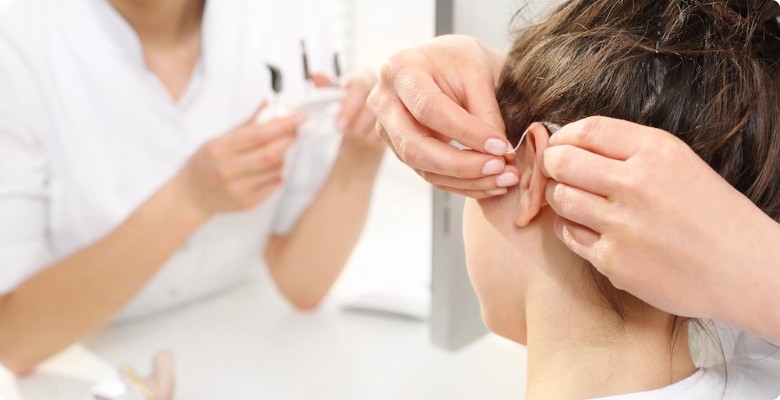Cyber Monday Discount 20%
Sensorineural hearing loss occurs when there is damage in the inner ear. Audiologists at Longmont Hearing and Tinnitus Center can help diagnose and treat this type of hearing loss.
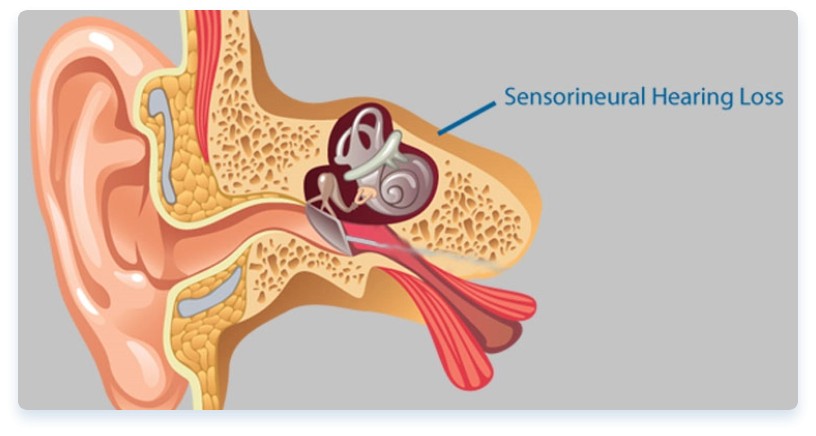
The human ear is made up of three parts – the inner, outer, and middle ear. Sensorineural hearing loss (SNHL) occurs after inner ear damage. SNHL may also occur when there are problems in the nerve pathways from the inner brain to the brain. With sensorineural hearing loss, soft sounds may be hard to hear. Loud sounds may seem muffled, distorted or unclear.
Sensorineural hearing loss is the most common type of permanent hearing loss. In most cases, surgery or medicine cannot fix SNHL. Fortunately, hearing aids may help a person with sensorineural hearing loss hear better.
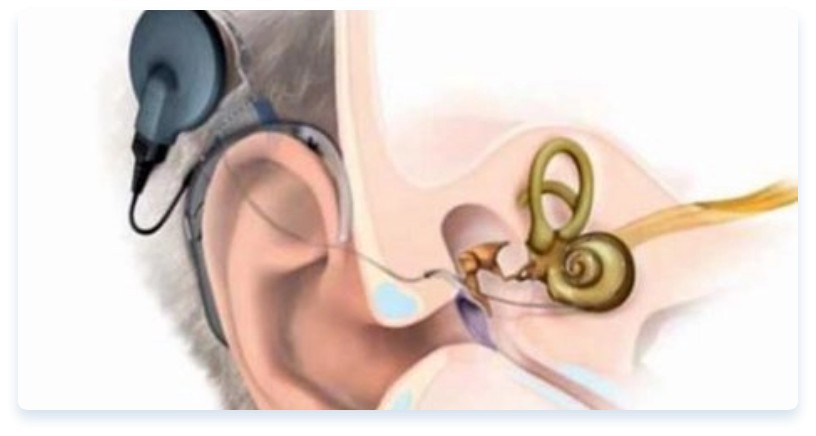
In most cases of SNHL, a gradual deterioration of hearing thresholds occurs over years to decades. A large part of the frequency range is affected in individuals SNHL.
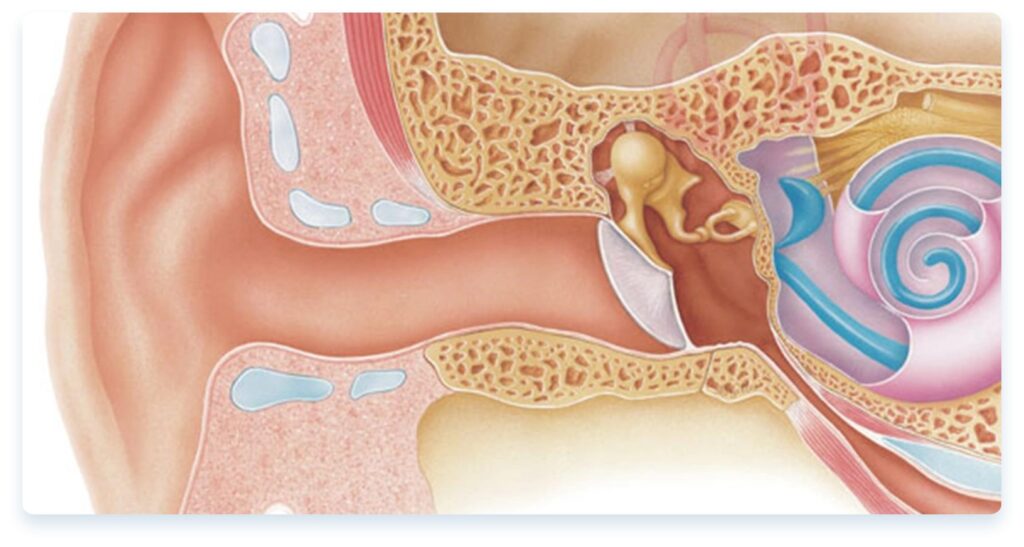
Sensorineural hearing loss may also be accompanied by other symptoms including vertigo (lightheadedness or dizziness) and tinnitus (ringing in the ears). The most common type of sensorineural hearing loss is age-related, also known as presbycusis. Noise-induced hearing loss comes in a close second.
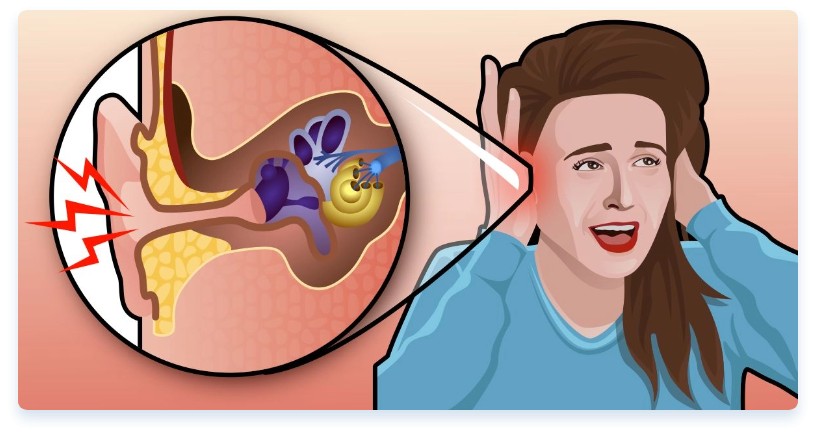
Of those who are diagnosed with sensorineural hearing loss, 90% report having diminished hearing, 49% report a ringing in the ears (tinnitus), and 57% report having a plugged feeling in the ear. About 50% of patients diagnosed with SNHL report vestibular (vertigo) problems.
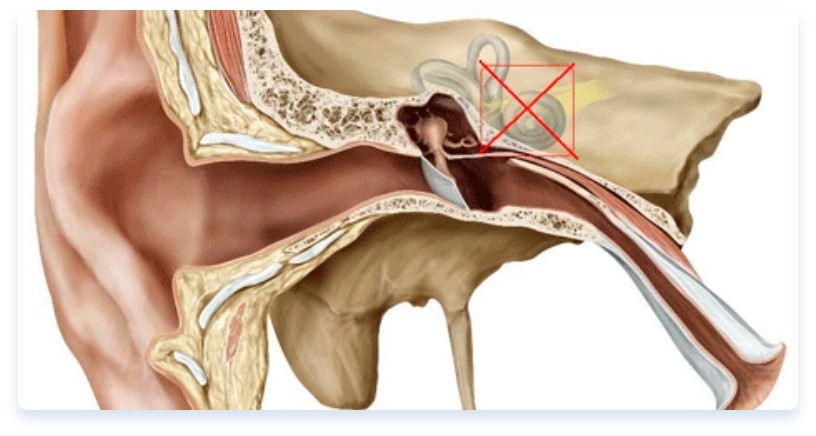
Similar symptoms are also linked with other kinds of hearing loss. Diagnostic hearing tests are needed to determine the type and severity of sensorineural hearing loss. Longmont Hearing and Tinnitus Center performs various hearing tests to give you a thorough hearing evaluation.
While there is no cure for sensorineural hearing loss, there are effective treatments to help overcome the communication difficulties experienced by those with SNHL. Hearing aids and communication strategies are may be a viable option for most candidates. In cases of total or profound deafness, a cochlear implant may be a viable option.
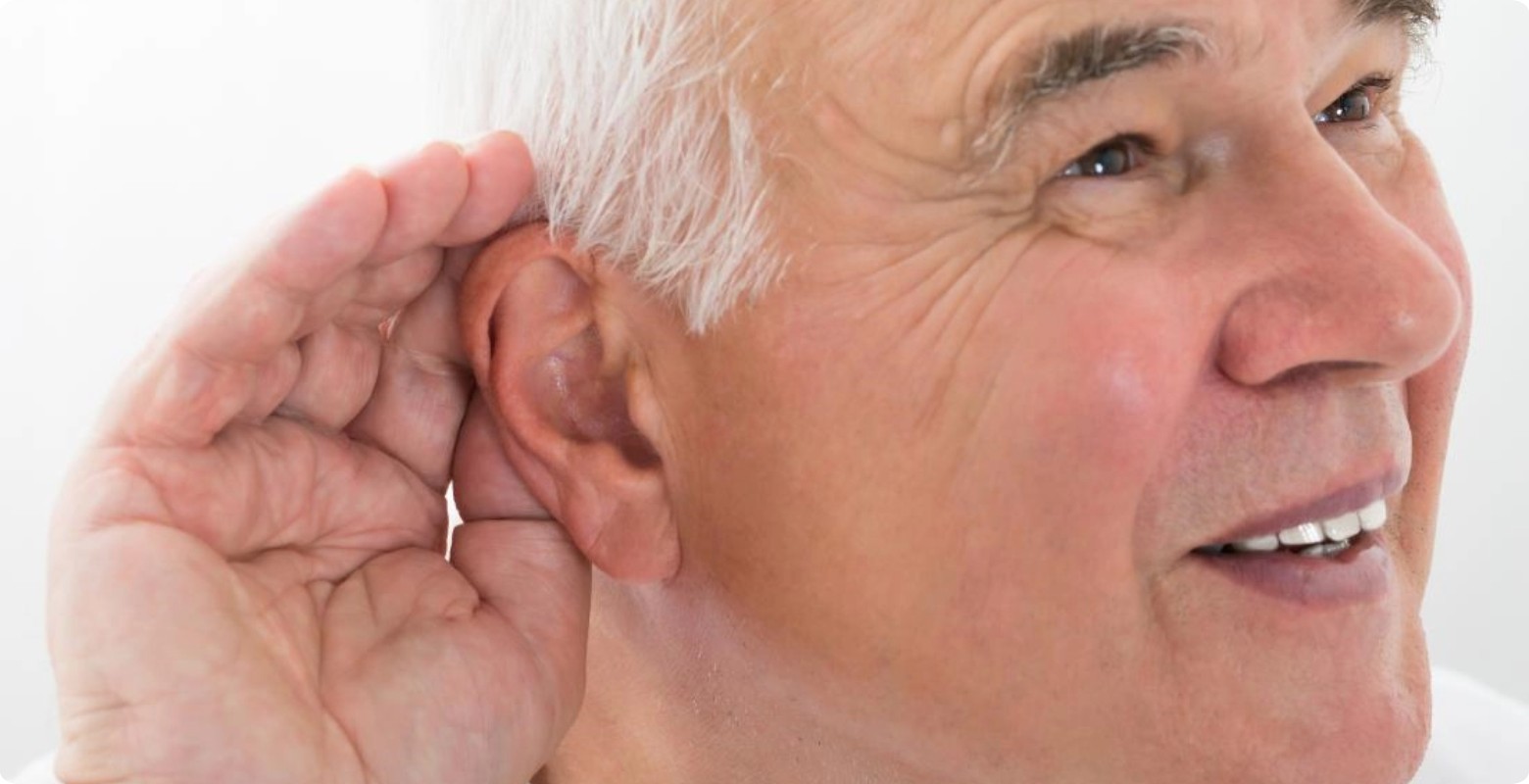
Treatments for SNHL are categorized into surgical, pharmacological, and management. Since SNHL is considered to be a physiologic degradation and deemed as permanent, there are (as of this time), no approved or recommended cures.

Pharmacological treatment options are very limited and the existing ones are still clinically unproven. In fact, pharmaceutical treatments for sensorineural hearing loss are considered as palliative rather than curative. They address the underlying cause to simply avert progressive damage.
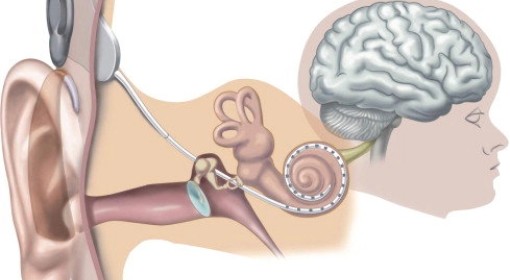
For profound or total hearing loss, cochlear implants may help. Cochlear implants stimulate the nerve endings directly, bypassing the damaged parts of the inner ear to provide sound signals to the brain. The sound quality of cochlear implants are a bit different from natural hearing but the recipient may be able to recognize speech and environmental sounds better. Due to the risk and expense that cochlear implants present, this option is only reserved for cases of severe and disabling hearing impairment.
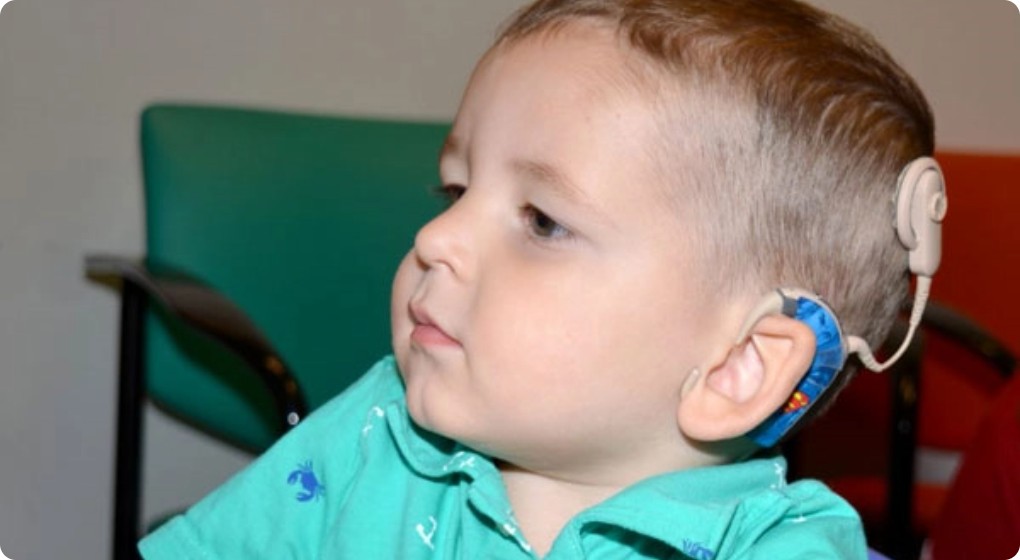
SNHL can also be managed by employing communication strategies to support existing hearing such as lip-reading or using amplification devices like hearing aids. To learn more about hearing aids for sensorineural hearing loss, our audiologists at Longmont Hearing and Tinnitus Center can help.
SNHL is partially preventable by avoiding ototoxic chemicals, loud noises, and treating or inoculating against certain conditions like meningitis.
Diagnosis of sensorineural hearing loss is carried out by an audiologist through pure tone audiometry. This procedure involves the testing of bone conduction thresholds. Speech audiometry and tympanometry are also helpful tests that can help determine or rule out sensorineural hearing loss.
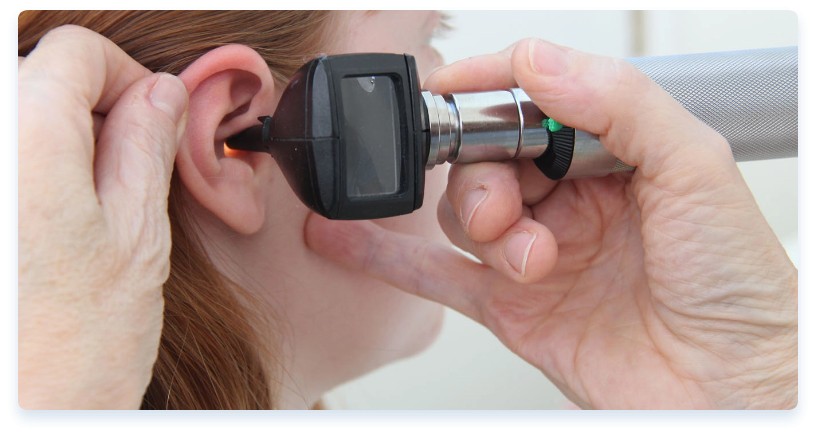
A direct examination of the external canal and ear drum will be conducted with an otoscope, a medical device inserted in the ear canal that uses light to examine the physical condition of the ear.
Differential testing is highly useful for unilateral hearing loss, distinguishing conductive from sensorineural hearing loss. Differential testing is conducted with a low frequency tuning fork (usually 512 Hz), and contrast measures of air and bone conducted sound transmission. Some types of differential tests include the Weber test, Rinne test, and absolute bone conduction (ABC) test.
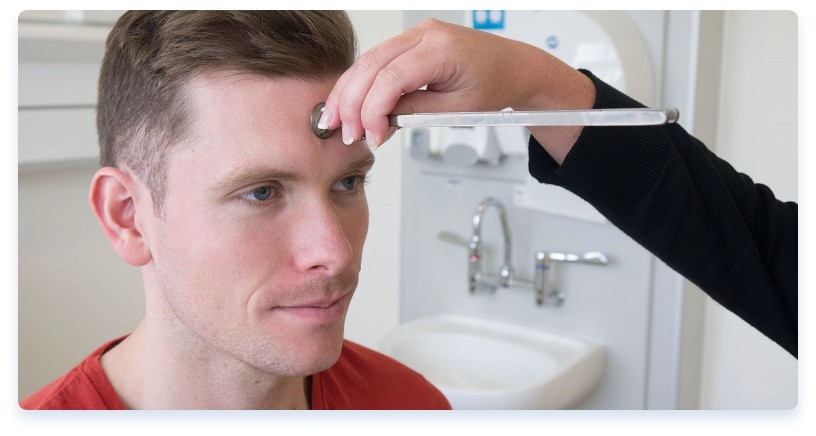
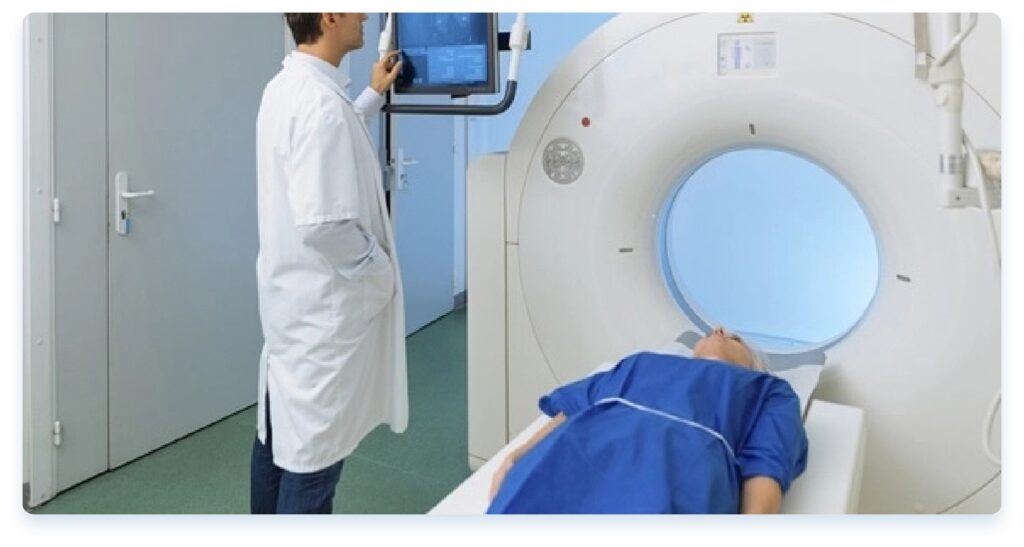
MRI scans are used to identify gross structural causes of hearing loss. Often used for congenital hearing loss, MRI tests can help reveal changes in the shape of the inner ear or hearing nerves. MRIs are also useful in cases where a tumor is suspected or to determine the degree of damage of hearing loss caused by an auto-immune disease or bacterial infection.
